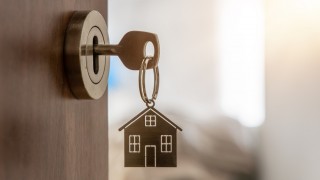Maintaining a comfortable temperature inside your home regardless of the weather outside is one of the top priorities of every homeowner. Installing a Heating, Ventilation, and Air Conditioning (HVAC) system in your home is the best way to ensure this. In apartment buildings, commercial facilities and some modern houses, the HVAC unit is sometimes installed on the roof. Although rooftop air conditioning units would keep you cool during the hot months and keep you warm during the winter season, they could also be the leading cause of many roof-related issues.
In this article, we discuss the common ways that an HVAC unit could damage your roof, and what precautions homeowners should take to prevent roof-related problems due to HVAC systems.
How HVAC units can damage your roof
You may not be aware, but HVAC systems that penetrate the roof can cause several problems, such as leakage and structure damage, especially if the unit is not installed properly or maintained regularly.
- Condensation and water pooling
If condensation from your HVAC unit is not drained properly, water will be discharged on your roof, creating localized pooling. This can cause mold, algae growth and roofing material deterioration, leading to discoloration, stains and leakage.
- Incorrect installation and additional units
Installing HVAC units involve careful planning of the drainage, tubing and electrical system. When not done properly, the unit could cause membrane tears and damage your roof. Furthermore, adding another unit later on could weaken your roof’s structure. When this happens in areas that experience snow loads, the roof will not be able to hold up as much snow.
Prevent roofing damage caused by HVAC units
Repairing damages caused by HVAC units on the roof can be expensive. To save on repair costs, homeowners should take preventive measures to avoid any roofing problems.
- Check the drain
Too much standing water on your roof, especially around the HVAC unit, means that there is a problem with the unit’s condensation discharge. As soon as you notice localized ponding, have your HVAC serviced right away. You probably need to have the drain unclogged or have a new drain installed. Condensation discharge lines should also be directed away from the roof surface through interior lines or through the roof drain.
- Proper installation
Needless to say, you have to leave your HVAC installation in the hands of licensed service providers, with a roofing expert onsite. The roofer would make sure that the sealants, flashings and curbs are installed correctly and that the unit is secured and immobile.
- Regular maintenance
Even if the units are working properly, make it a habit to have it inspected and cleaned at least twice a year, or after severe rainfall or snowstorms. Doing so would ensure that your HVAC system is running smoothly and efficiently. Regular maintenance will also help you detect any minor problems and stop them from getting worse.



